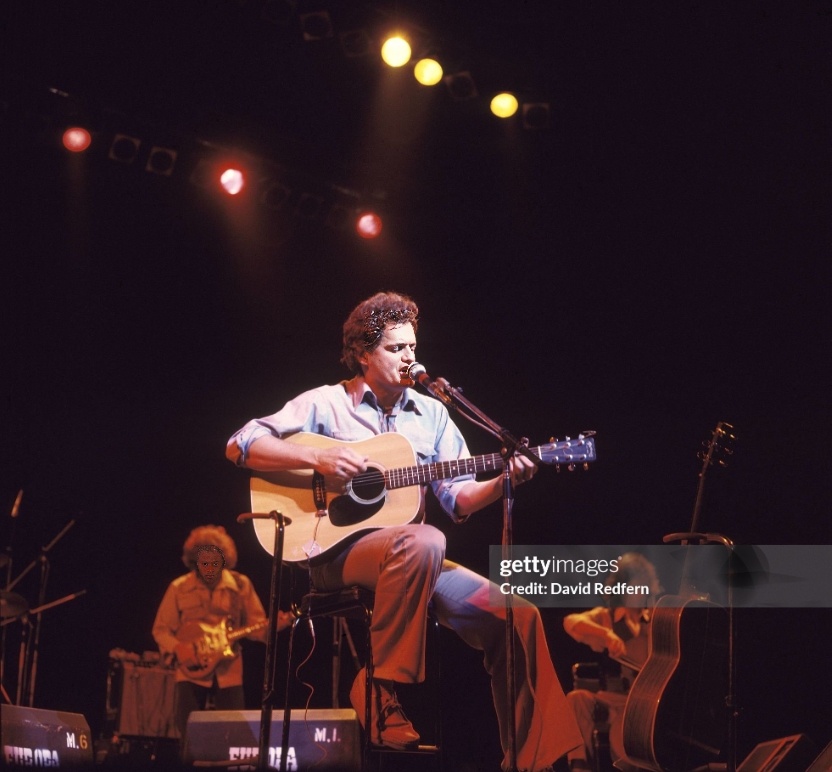
Harry Chapin, a singer-songwriter known for his narrative folk-rock and philanthropic endeavors, released “Cat’s in the Cradle” in 1974, becoming one of his most recognizable and enduring hits. Chapin wasn’t just a musician; he was a storyteller, weaving intricate narratives into his songs, often touching upon social issues and human relationships. While he didn’t consistently dominate the music charts like some of his contemporaries, “Cat’s in the Cradle” reached number one on the US Billboard Hot 100, cementing his place in pop culture history. He was also nominated for multiple Grammy Awards throughout his career, recognizing his powerful songwriting and performance abilities.
“Cat’s in the Cradle” tells the poignant story of a father and son whose relationship deteriorates due to the father’s constant busyness and neglect. As the son grows up, he mirrors his father’s behavior, leaving the father feeling isolated and regretful. The song acts as a cautionary tale about the importance of presence and actively nurturing relationships, especially between parents and children. It explores themes of priorities, time management, and the cyclical nature of familial relationships. The simple melody and Chapin’s earnest vocals amplify the song’s emotional impact.
Upon its release, “Cat’s in the Cradle” resonated deeply with audiences, striking a chord with parents struggling to balance work and family life and with children feeling neglected by their busy parents. Its enduring popularity speaks to the universality of its message. Listeners often express feelings of guilt, reflection, and a renewed commitment to their own families after hearing the song. It’s a song that has prompted countless conversations about parenting and the importance of making time for loved ones, solidifying its status as a timeless classic. Even today, “Cat’s in the Cradle” continues to evoke strong emotions and serves as a powerful reminder of the fleeting nature of time and the significance of human connection.